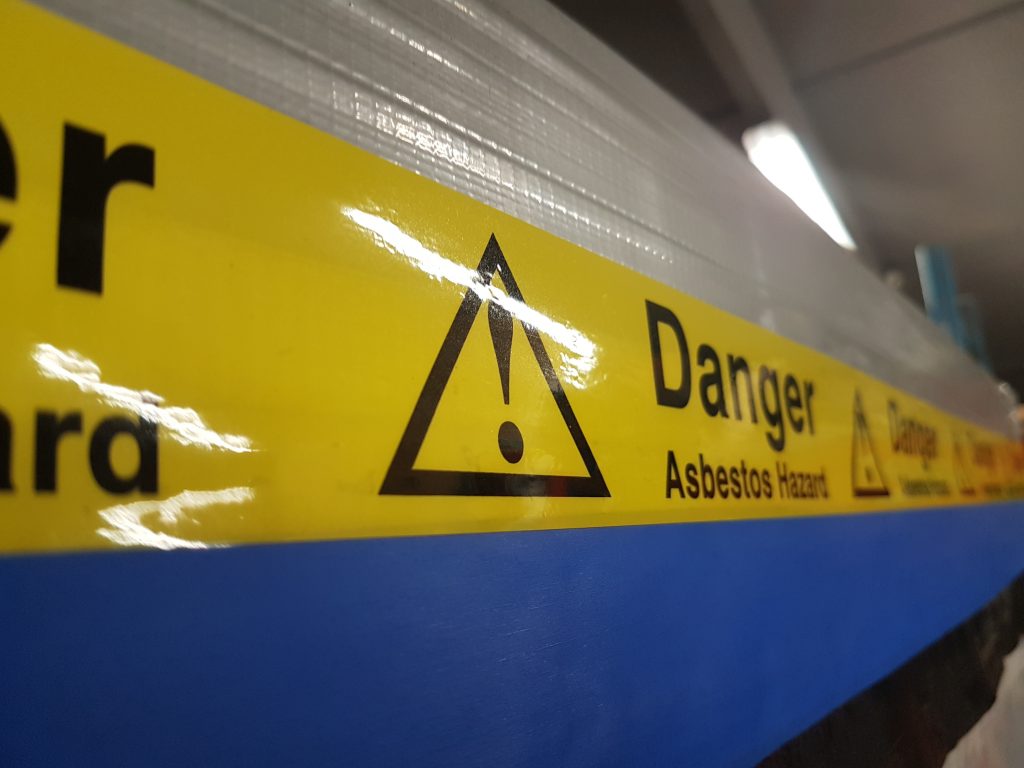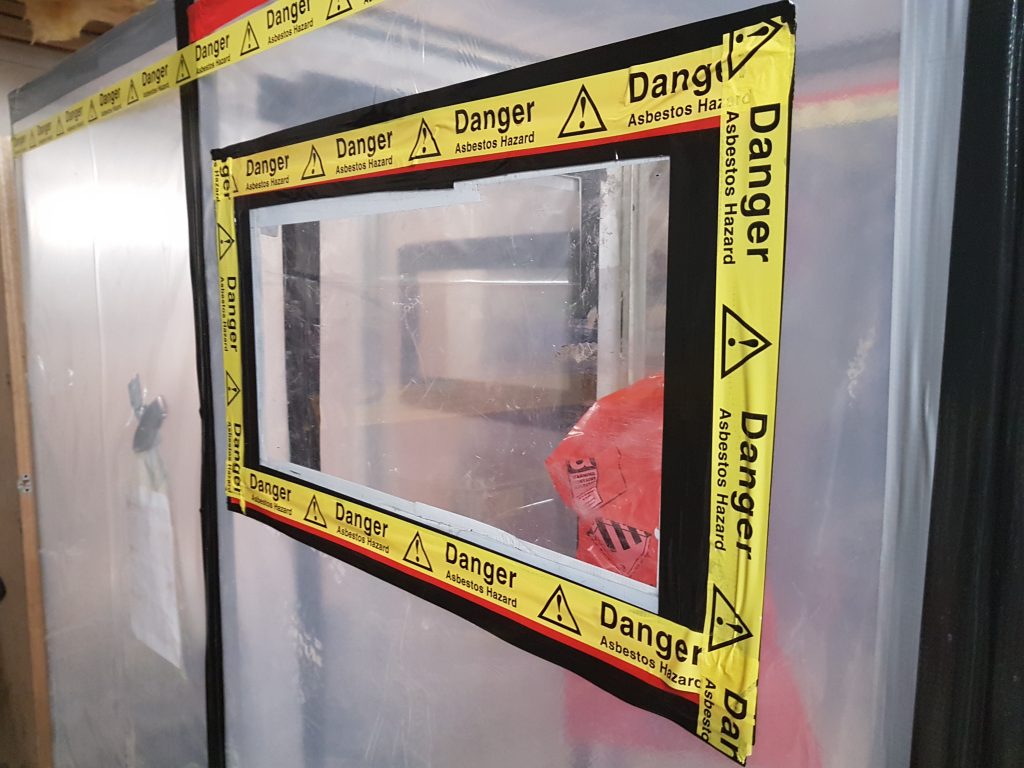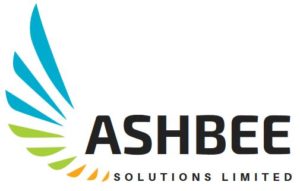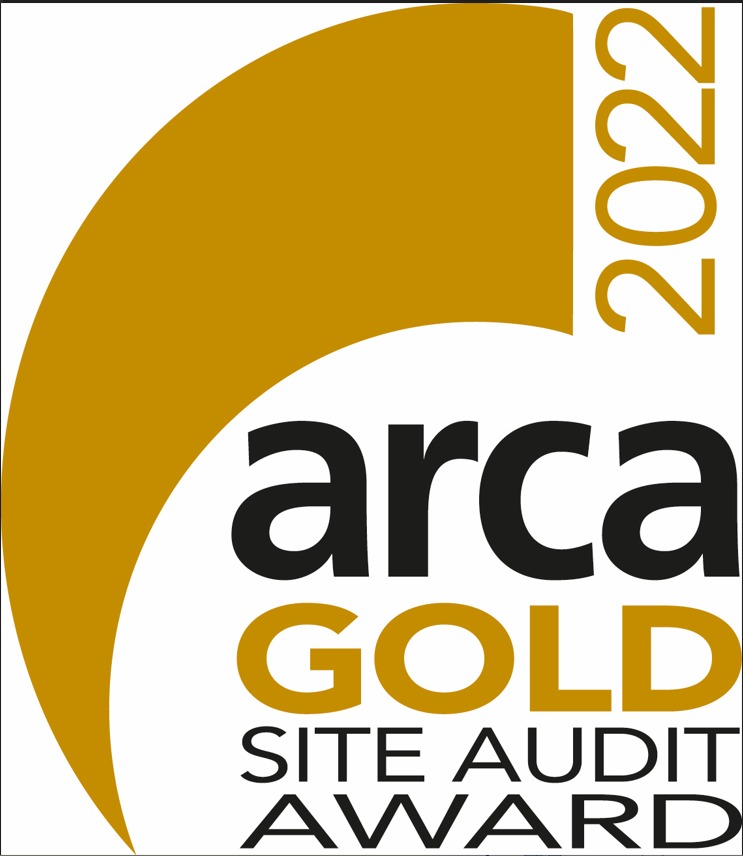Asbestos Removal is the process of safely removing asbestos in accordance with Health & Safety Executive Regulations and Guidelines. As a licensed asbestos removal contractor, we have the skills and expertise to ensure that any asbestos-containing materials (ACM) are removed in a safe and correct manner.
Professional asbestos abatement is often required in any building constructed between 1930 and 1999 as asbestos was widely used in building construction during those years. As a Dutyholder, you have a responsibility to manage asbestos safely and asbestos testing will quickly confirm if a material contains the hazardous mineral.

Some processes such as asbestos insulation board removal and flock are extremely hazardous to health and the dismantling and removal of asbestos-containing products should only be carried out by a licensed company.
Over time, many products containing asbestos degrade releasing hazardous fibres into the surrounding atmosphere. This can cause fatal cancer and lung disease in later life if inhaled, especially if asbestos disposal isn’t conducted in a safe manner.
What is Asbestos?
Asbestos is a naturally occurring mineral which is mined from under the ground in certain parts of the world. The mineral consists of tiny fibres, which when inhaled can cause damage to human health.
Asbestos fibres are known to cause lung diseases in humans.
Dealing With Asbestos
Asbestos-containing materials are still found across the UK in all manner of places in domestic, educational, health, public and commercial premises as some products were used right up to November 1999. Dealing with asbestos is still a widespread issue the UK.
Demolition and asbestos removal often go hand-in-hand, especially where redevelopment or total demolition is taking place.
In some instances, it may be best to leave the ACM in situ, for example, if the structure of a building could be adversely affected or weakened by removing the product. In such instances, Asbestos Encapsulation (the process of adding a protective impervious material to the surface of the asbestos to prevent fibres exposing) may be the most practical option of dealing with asbestos.
Asbestos Removal Procedures vary depending on the type of asbestos
The procedure for removing asbestos depends in the type of asbestos mineral used to manufacture a product, and also the type of material it has been added to.
Chrysotile asbestos, for example, can usually be removed reasonably easily and with basic protective equipment and water-based suppressants.
Amosite asbestos, however, usually required a licensed asbestos contractor to remove and requires decontamination procedures and a range of other specialist equipment.
How Do You Dispose Of Asbestos?
Asbestos is disposed of in specialist landfill sites that are licensed to receive the waste. It is then buried deep underground under hundreds of tons of concrete.
We provide services, products and people accredited for safety and quality. If in doubt, we recommend that you have asbestos testing carried out on any suspected materials.
Dealing with asbestos can be a difficult process. We are experts in minimising environmental impact during the asbestos disposal process. That includes ensuring that you, your family, your staff or contractors are protected.
We are Higher Tier Waste Carriers.
We treat every contract on an individual basis and you can rest assured of our attention to details throughout. From large scale contracts to minor household asbestos elimination we have the expertise to advise on the project.
With so many companies offering asbestos removal services it can be a minefield choosing a reliable company.
With a highly experienced, multi-skilled workforce and access to high-performance specialist plant such as high-reach excavators and hydraulic platforms, no asbestos disposal project is beyond our scope.

Our experience and extensive knowledge of asbestos removal enable us to offer a rapid and effective response should previously hidden asbestos-containing materials (ACM’s) or other hazardous or regulated materials become evident in the course of a project. All Operatives employed by us are trained to a very high standard and all hold current Asbestos Operative or Supervisor Training Certificates.
In addition, our Managerial Staff complete annual Asbestos Managers training and our Surveyors holds the relevant P402 Certification. A good quality asbestos contractor will be happy to provide you with copies of staff training certificates and medicals and will ensure that all Operatives have had regular training and retraining; whilst also ensuring our reliable service will keep your project on track.
Asbestos-containing waste must be disposed of correctly by a licensed waste carrier and should never be placed in domestic waste. It’s not always easy to spot hidden asbestos in areas that you don’t realise, and as asbestos ages, it may degrade into more friable asbestos. The transportation and disposal of asbestos-containing materials and is also a regulated activity, so it’s important you employ the services of a removal company with the correct accreditation and licenses.
You may also find that local recycling centres will refuse you entry with asbestos waste if you are unable to confirm the type of materials with asbestos testing.
What is the Difference Between ‘Licensed’ and ‘Unlicensed’ Asbestos Removal?
As a licensed asbestos contractor we are able to carry out both notifiable and non-notifiable asbestos products. This includes removal of all asbestos-containing materials such as vermiculite, soffits, and water tanks.
Notifiable asbestos products are those which can only be removed with prior notification to the Health & Safety Executive, usually 14 days prior to works commencing (there are some exceptions to this rule). These products include Asbestos Insulating Board, flock and limpet.
Non-notifiable products are those which can be removed without notifying the Health & Safety Executive, such as asbestos cement roofing and water tanks.
Asbestos Encapsulation
It’s not always necessary to remove asbestos-containing materials. Sometimes it may be most cost-effective and safer to carry out asbestos encapsulation or to manage asbestos in situ. Asbestos encapsulation can be carried out instead of removal using specialist paints and materials to create a barrier to the outside atmosphere.
Asbestos Management
Although there are strict methods and timescales for the removal of offending materials, there are occasions when emergency asbestos removal may be able to take place within the asbestos management process. Such examples apply when there is a risk to health or public safety. Please contact us for more detailed information.
Summary
The process of removing asbestos can be confusing, especially to those with no prior experience of the processes involved. We pride ourselves on providing accurate advice. For more information regarding our range of services or to find out the cost of removing asbestos, call our specialist team.



